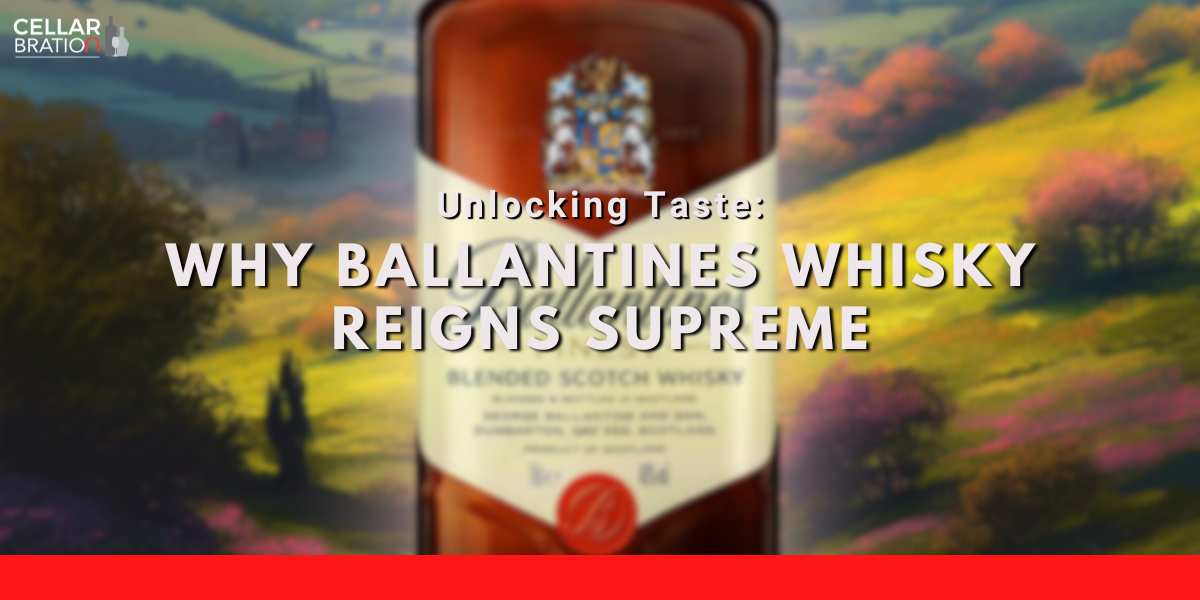
The spirit of cognac is synonymous with many things: the French upper class, being luxurious liquid gold and most importantly, brandy. While it is true that all cognac is brandy, not all brandy can be considered a cognac. So what’s so different about it?
History of cognac
The first few narratives of cognac date back to the 17th century, in which distilled alcohol was preferred as a more shelf stable alternative during shipping. As time wore on, cognac began to be distilled in higher alcoholic contents in order to save space on ships. Slowly but surely, most exporters found that they could be transported in casks and drunk directly from it, where flavour was enhanced.
The art of cognac making
Only certain grapes in regions designated can be used to produce cognac. These are only limited to 6 regions with their distinctive soils and microclimates that make them the most optimal for specific characteristics to their location. These are:
- Grande Champagne
- Petite Champagne
- Borderies
- Finn Bois
- Bons Bois & Bois Ordinaires
- Bois a terroirs
Not only do the grapes need to be from one of the six regions as shown, but there are only 8 grape varieties that are permitted to be used in the creation of cognac. From its product of being a distilled white wine, cognac is required to be distilled twice in specialty copper pot stills, and then it can be brought to age using French oak barrels for a minimum of 2 years before it can be termed as a Cognac.
Cognac grading
Similarly to how wine is graded by its age, Cognac has a similar type of grading system in which premium cognacs are often the ones that have been aged for longer. Thus, for the full flavours of cognac to be developed, most are aged for longer. The grading system for Cognac are as the follows:
VS (Very Special) - 2 Years
VSOP (Very Superior Old Pale) - 4 Years
Napoleon - 6 Years
XO (Extra Old) - 10 Years
How to enjoy your cognac
With mostly French brands like Remy Martin, Hennessy, Martell and Courvoisier etc leading the pack, what are some of the best ways to enjoy cognac? According to some cognac aficionados, here are some best practices.
Cognacs are best savoured straight at room temperature. And the best glassware for this? Tulip-shaped, for a beautiful release of aroma before you take small sips. Another way is to add a drop of water to allow the cognac to ‘bloom’ and release fruity, floral and spicy notes. If you are a traditionalist and must have cognac on the rocks, drink from a tumbler glass and feel in control. While it may dilute the drink, more aromas would gradually be revealed as the ice slowly melts. Cognac cocktails are another exciting way to heighten the drinking pleasure. Concoct your version of Cognac Sour, Sazerac or even a Manhattan, and fancy up with a pretty garnish.
Cognac pairing with hawker food
While a degustation menu may marry well with cognac in a classy joint, the real acid test would be what the man-in-the-street indulges on a normal day - hawker food! Is it a case of yay or nay? Let’s chomp through…
Kicking off with the crowd’s favourite but ever so sinful char kway teow. With smoky wok-hei, savoury with a cloying sweetness ladened with golden lardons, Remy VSOP’s + soda water surprisingly cuts through the greasy and sweetish taste yet complimenting the smokiness of this dish. Kway chap, an equally sinful contender of braised offal meat served with silky kway steeped in broth, may raise eyebrows and cholesterol levels, but you simply can’t say no when the strong cognac taste manifests so well with Chinese-spiced marinated meat and umami broth.
So be brave, be very brave, and you may well be rewarded, your tongue and tummy will thank you for it!
Bartender anyone?
Be a mixologist and start your home bar shaking up a cognac storm. While you are at it, enjoy our free alcohol delivery services for all orders $99 and above. We don’t deny that the allure and taste of cognac has the air of an indefinable X-factor, that when you know it, you know it. Cheers and enjoy!





